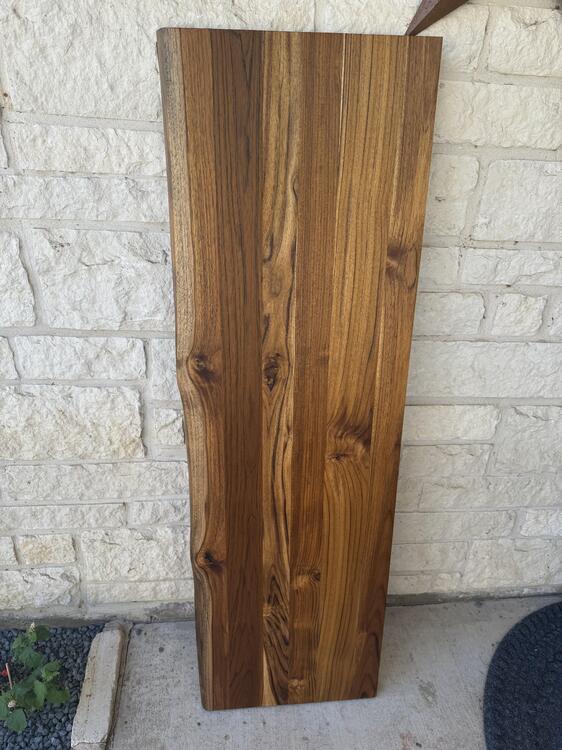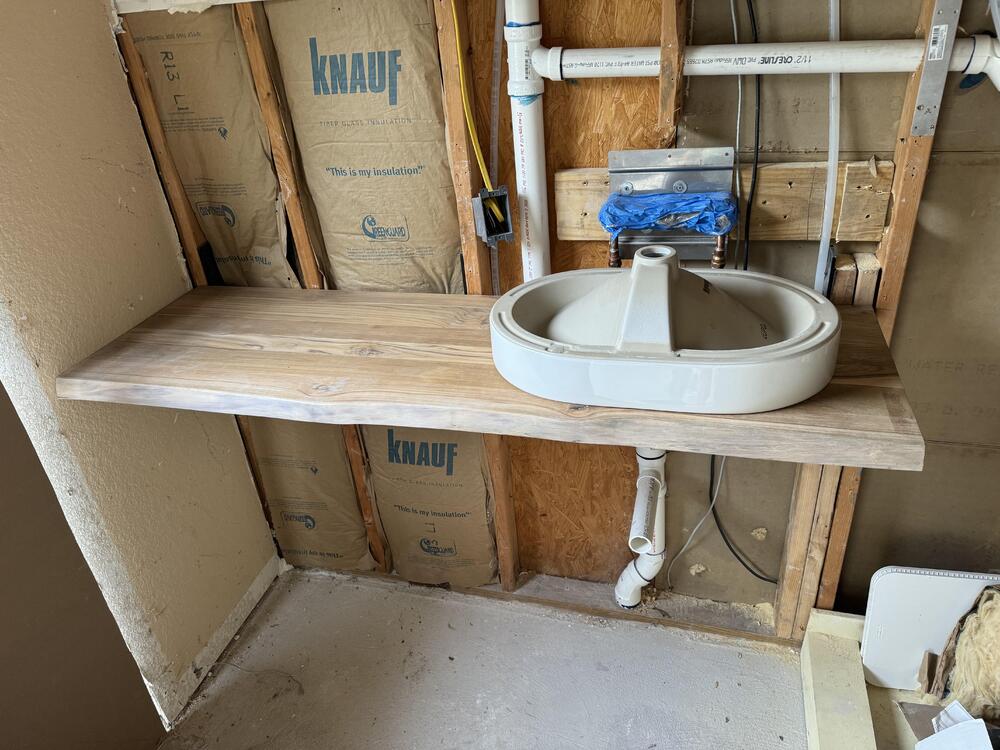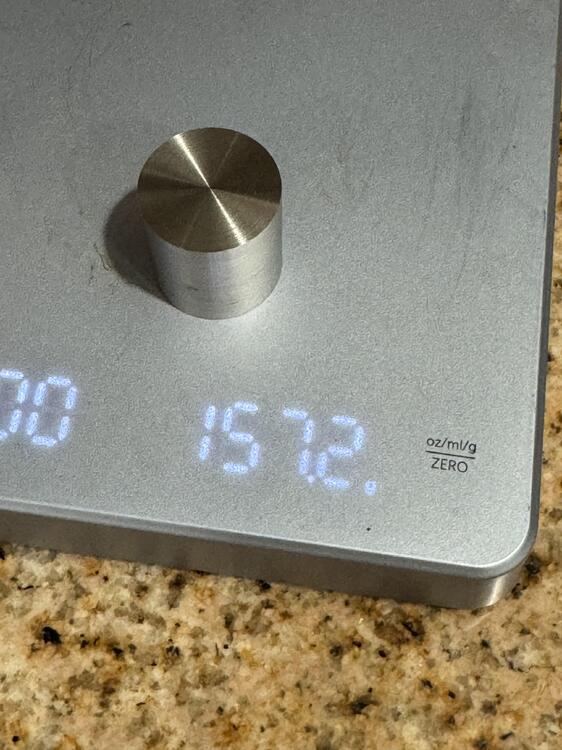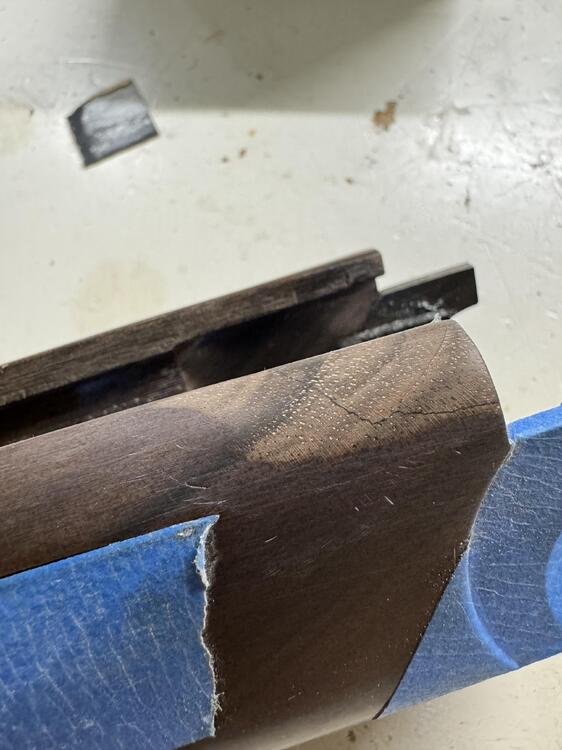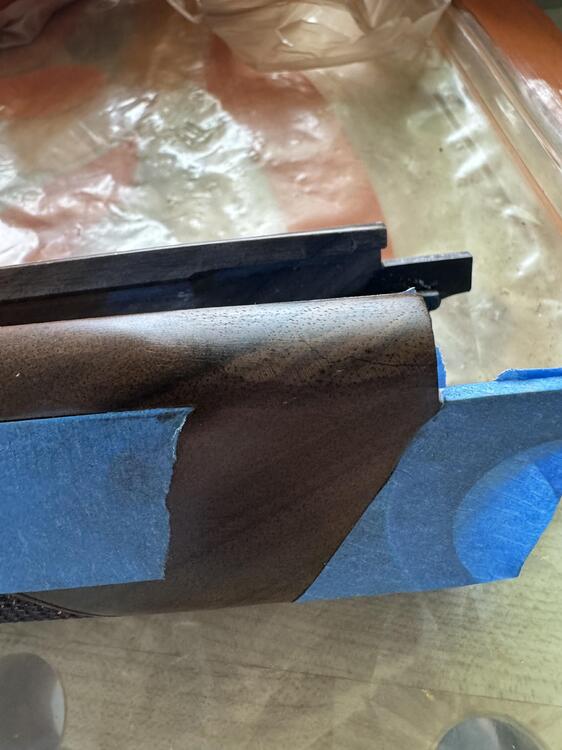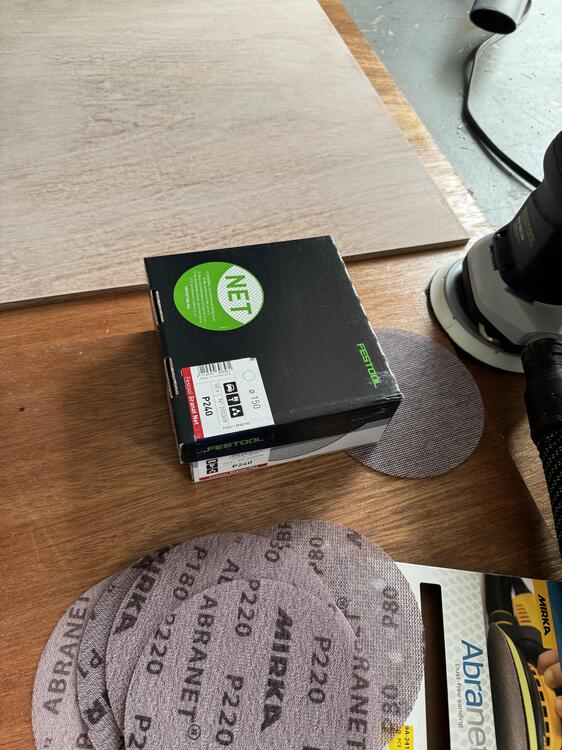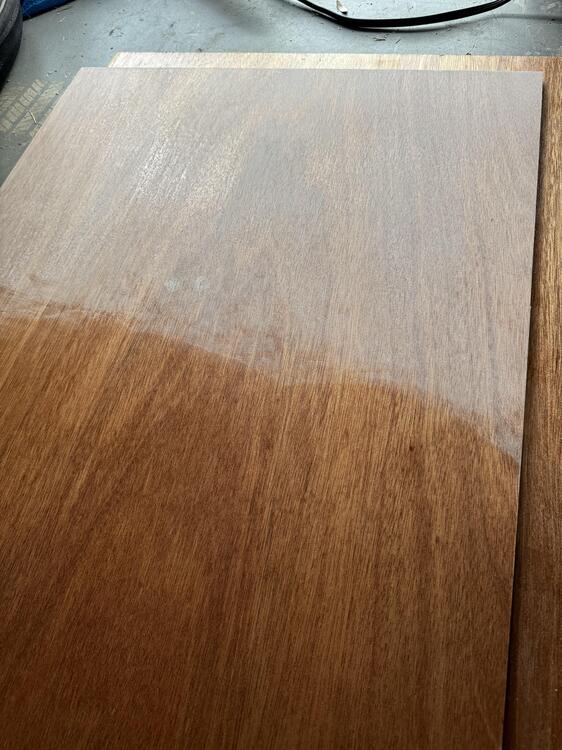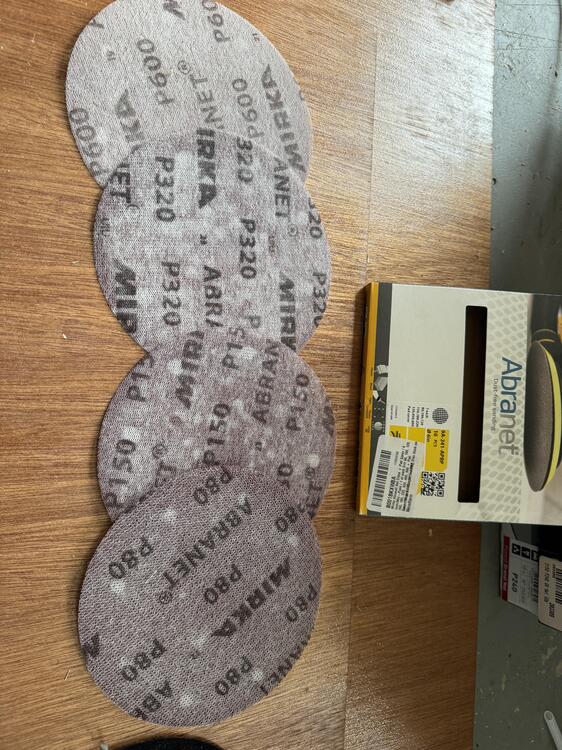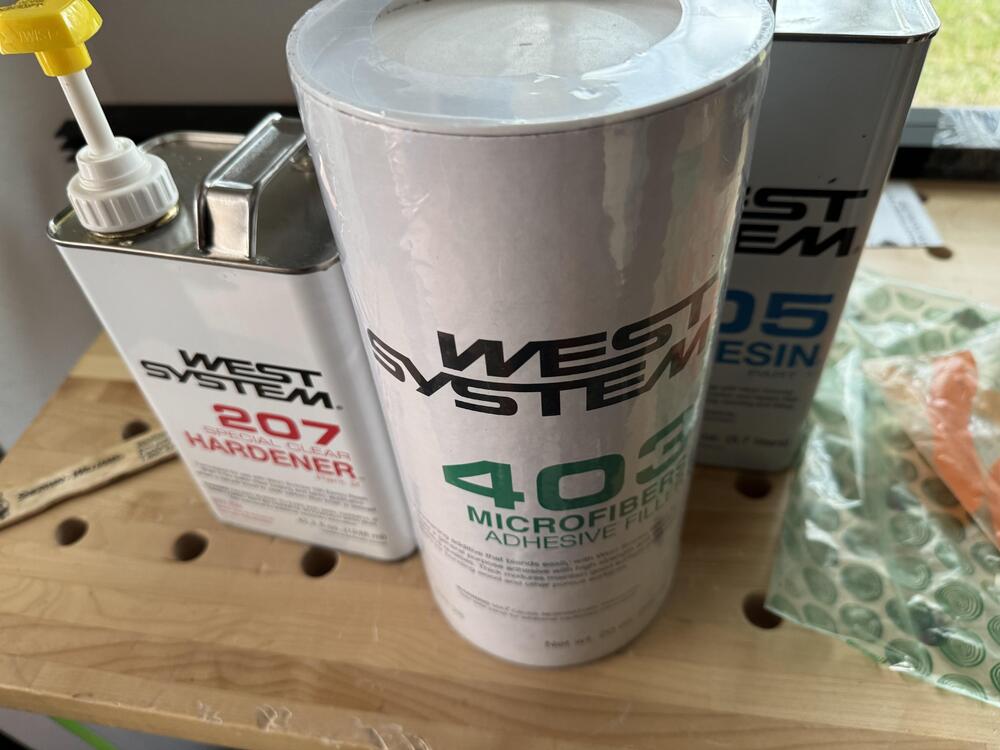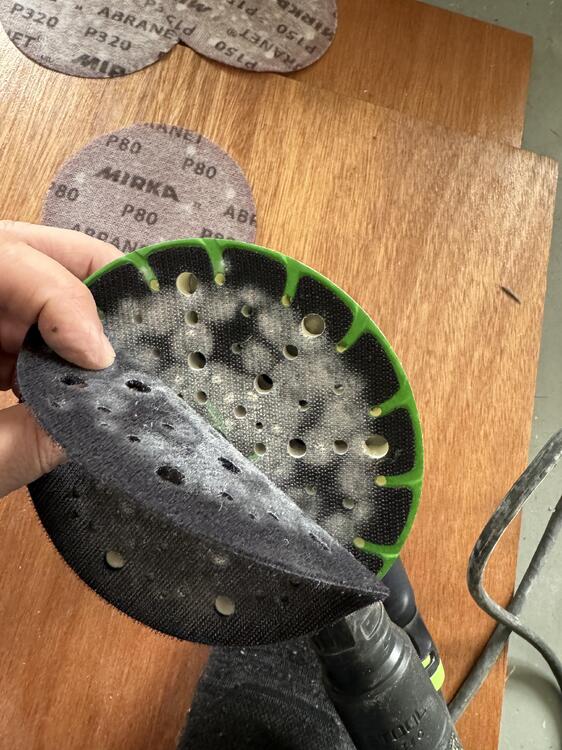-
Posts
13,713 -
Joined
-
Last visited
-
Days Won
39
Content Type
Profiles
Forums
Events
Everything posted by luvdunhill
-
It’s a mostly alive edge.
-
I am working on building a bathroom and played around a bit with finishing this floating shelf… probably obvious what kind of wood it is but I experimented with opening the grain and using a tinted danish oil.. will try a clear coat when I get the sink roughed in. Pictures are after finish and before.
-
Would anyone be able to 3D print two custom sized washers/spacers in yellow for me?
-
-
So Brent probably won’t be okay?
-
I was curious if they added natural flavors to the roasting process for example
-
Dan, how are flavors added traditionally to coffee? For example our local grocery chain has something that is sold as: a medium bodied coffee with sweet cream and vanilla flavors inspired Inspired by the sweet, decadent flavors of a Tres Leches Cake.
-
What about blutarsky? When is this thing
-
Just for knowledge acquisition - water based stains go on before an oil finish but oil based stains can go on anytime (including between coats?) I need to grain fill a bit so my worry about adding a stain on first is that I blow through it as I am trying to fill in the pores with the oil finish. I would prefer something I can apply anytime hence the question about a tint in the oil finish.
-
Thats correct. First photo is raw after the repair and second is one coat of the linseed finish. Think I need to go darker quicker without applying more finish coats..
-
Hi all! I am repairing a piece of walnut that broke off and am in need of a stain to darken and color match. I am not sure what the best approach might be - tinting a linseed based oil finish or applying a water-based stain and then finishing with the above oil based finish. Any suggestions?
-
nice router table!
-
I dunno, one time I saw you put the wood in the wrong direction. Just saying.
-
Uh no. I see now. Sadly none at Woodcraft.
-
I went team Head-Fi and found the cheapest thing that I am here to tell you is amazing. It seems to be good enough for my little project. I wish the holes lined up on the pad saver so dust extraction would be better though. Making a trailer storage solution for a sailboat using marine ply and epoxy.
-
There isn’t a multi grit option in smaller quantities - ya gotta pay $70 a box.
-
Went to an acquaintance who has like all the green tools and compared the ETS EC 150 to the regular one. Actually preferred the non EC and just picked it up in 3mm. Super annoying there isn’t a mesh/net disk assortment. Specifically having an issue with west system epoxy clogging up the regular paper backed disks and looking to try something new out.
-

Enjoy some music, make me money - shameless affiliate plug
luvdunhill replied to skullguise's topic in Off Topic
The obligatory MOTMOTMOTMOT -
Nice! Definitely a step up!
-
Very cool. Needs more scrolling though.
-
Is there a way to define an area and have a pattern design filled in that area, or are these designs just made for these specific dimensions?
-

and now for something completely different part 3
luvdunhill replied to kevin gilmore's topic in Do It Yourself
Seems reasonable. Team 5-pin approves. -
Wow that’s super cool!
-
I see. So the steel pieces are the wall. If I secure it to the concrete on the right (yes Al is correct with his marking) then it no longer will be straight. If I don’t secure it, it will be nice and straight, but there will be a gap between the steel wall and the concrete on the right. I would need to fill it with some sort of coating (Sika makes a self leveling material and there is some you heat up as well..)


